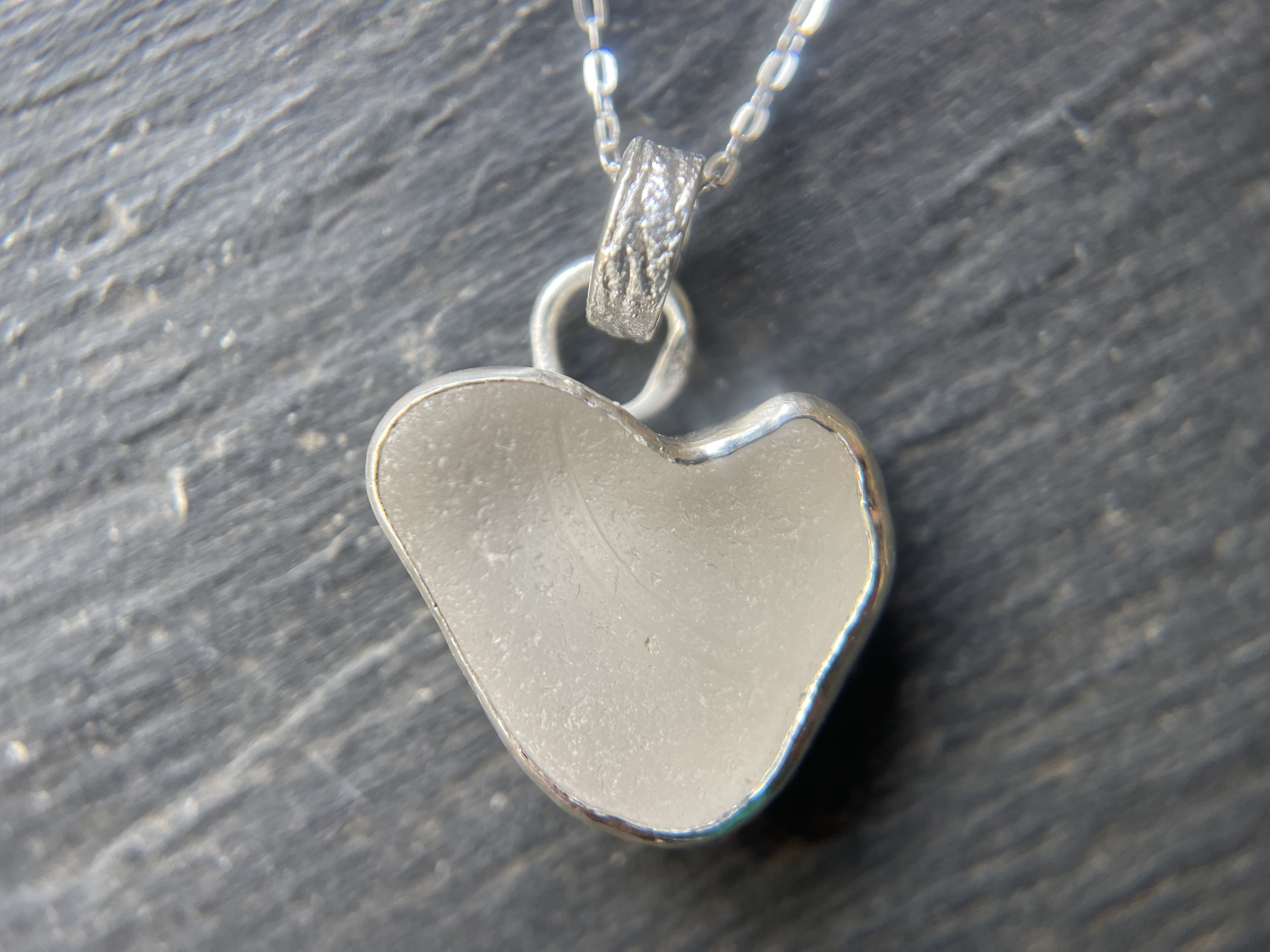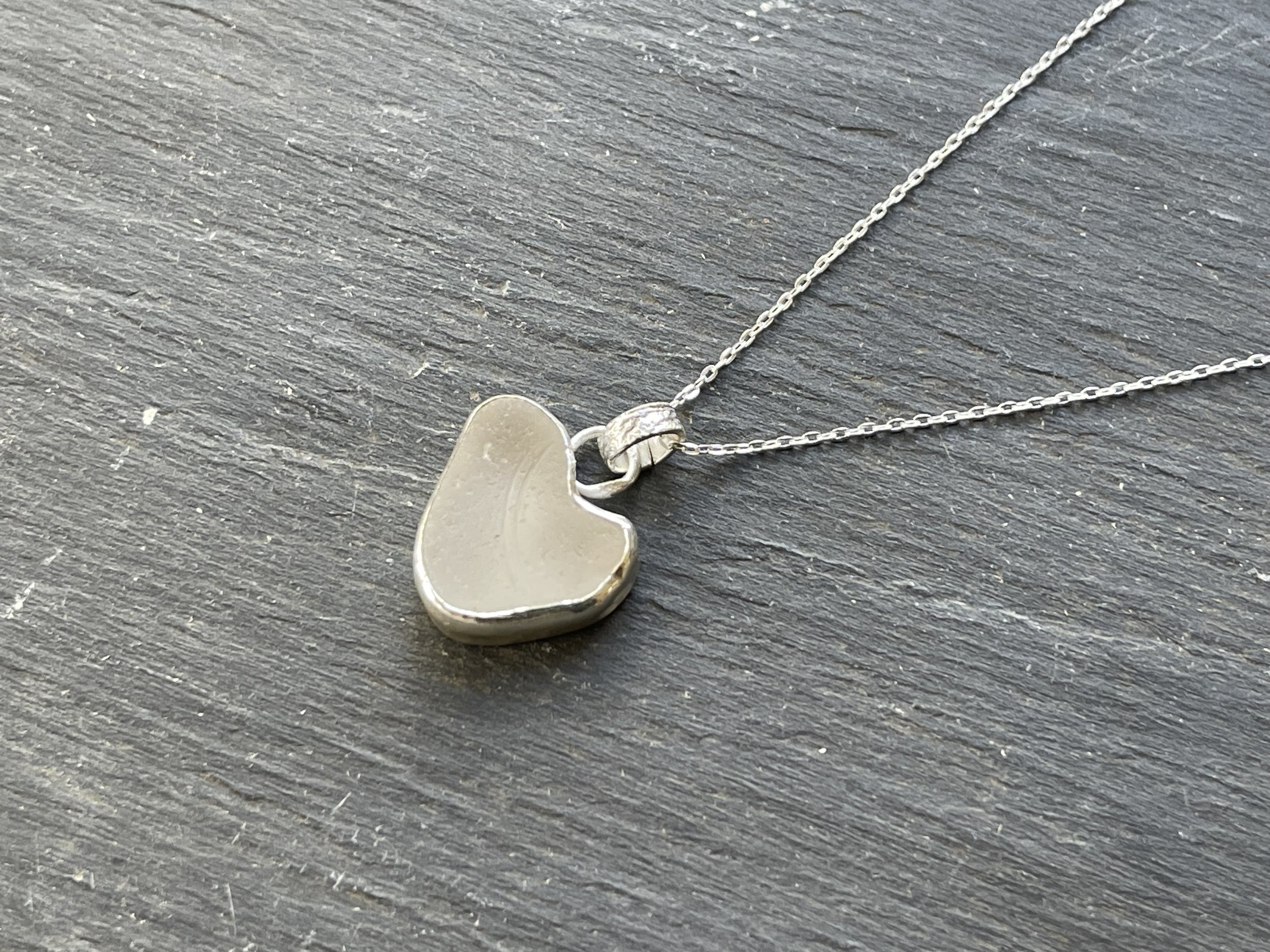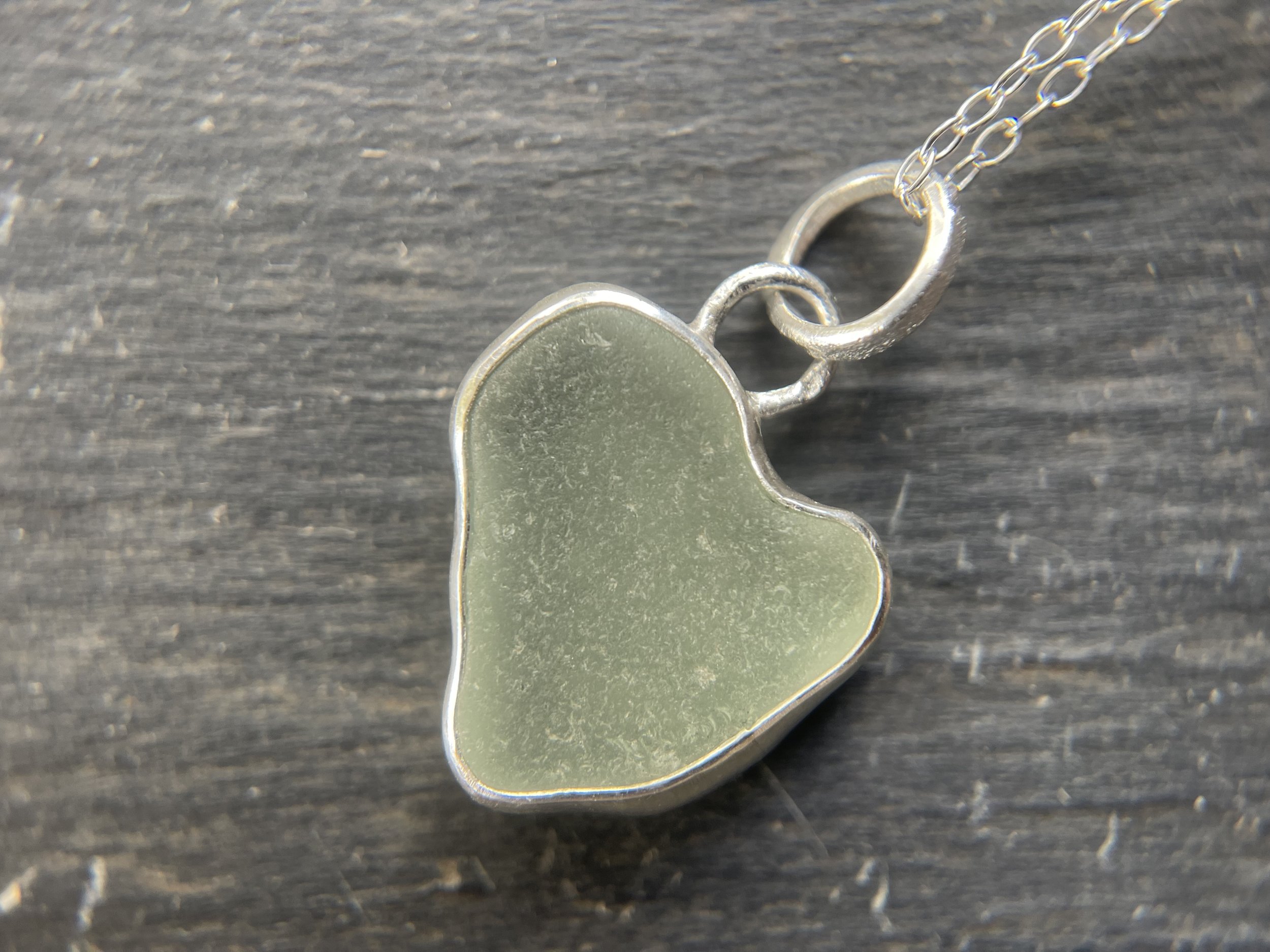- Shop Jewellery
- Rare Black Sea Glass Pendant - Natural Cornwall Pirate Sea Glass
Rare Black Sea Glass Pendant - Natural Cornwall Pirate Sea Glass
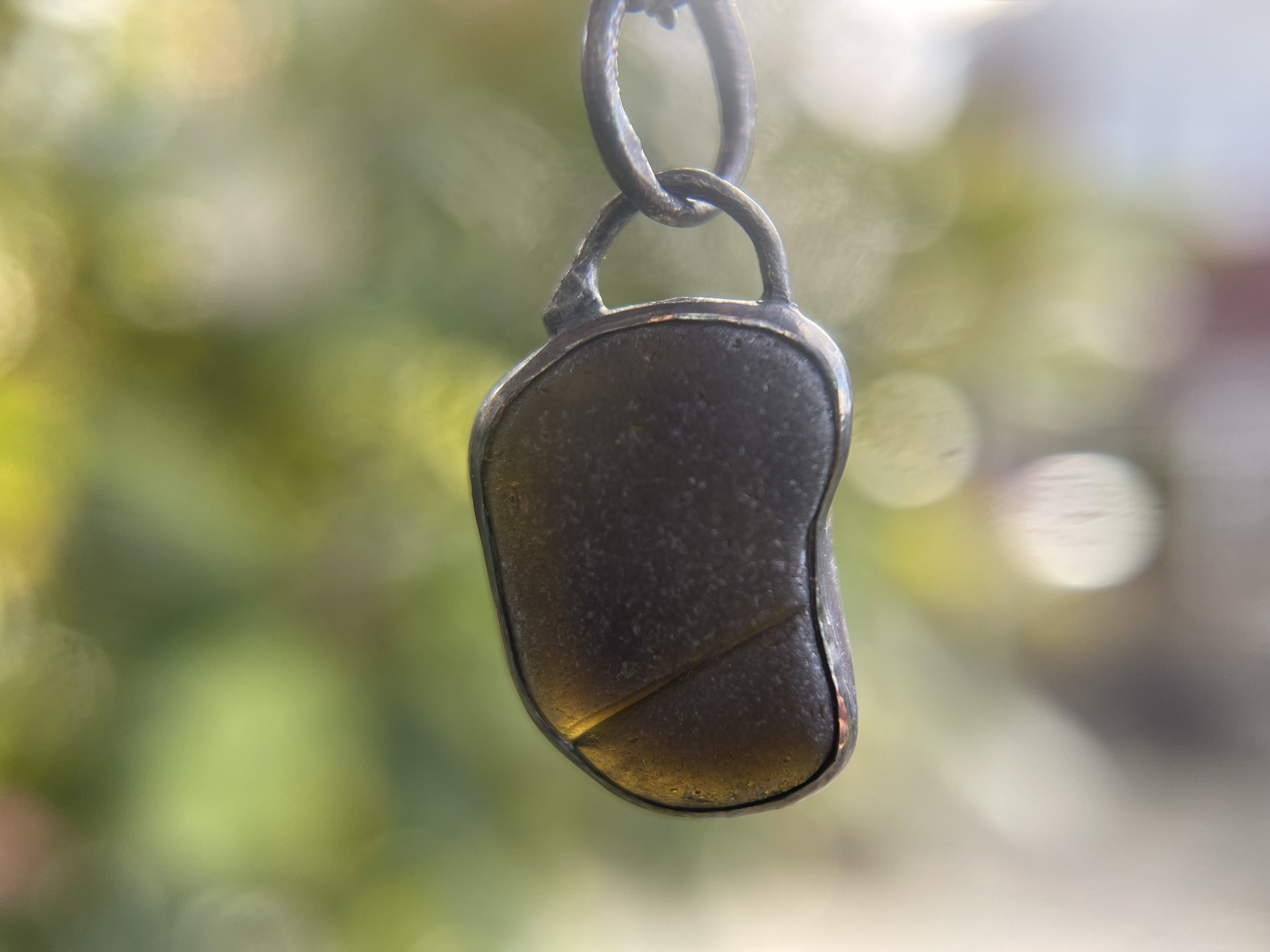

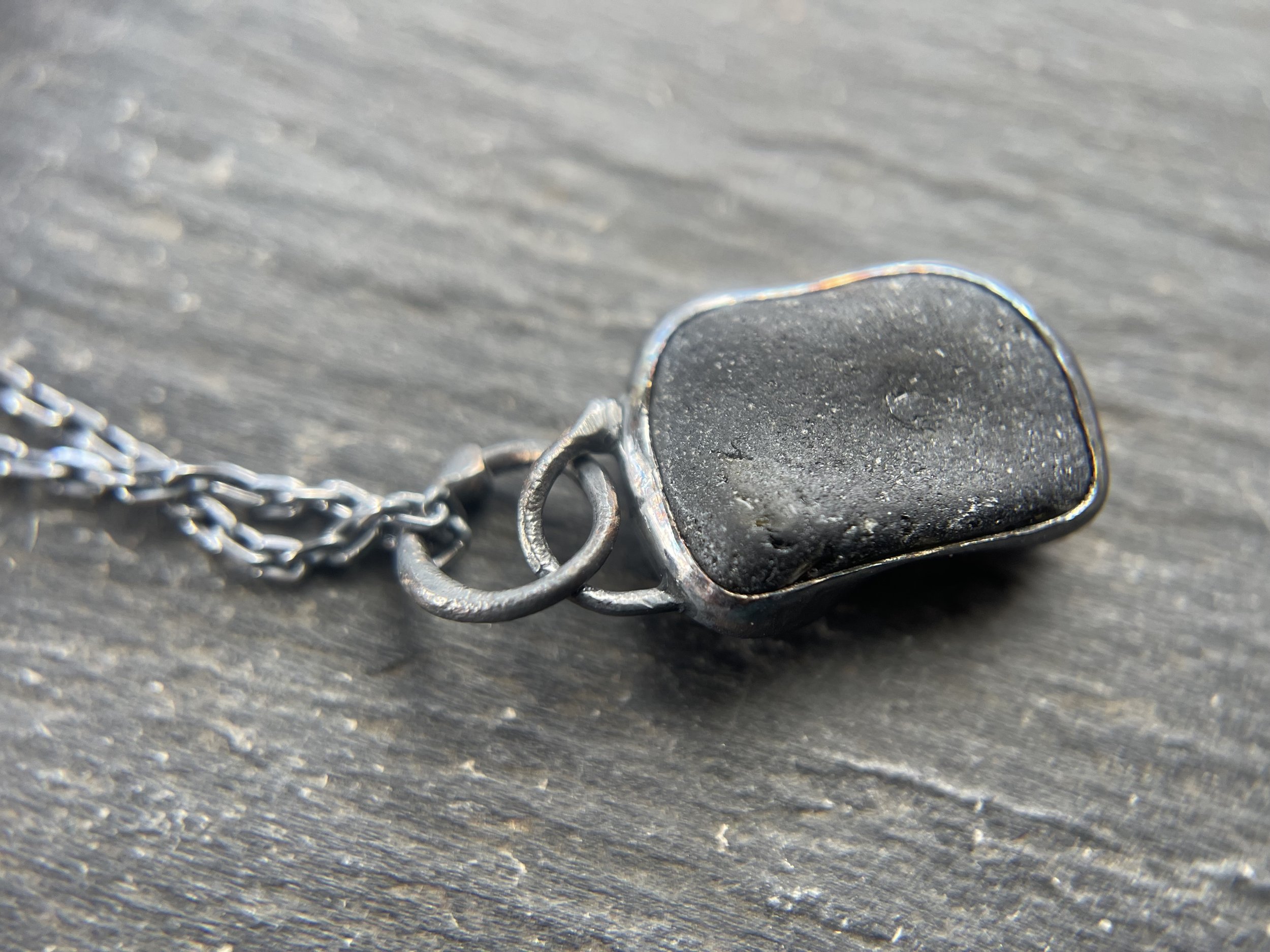
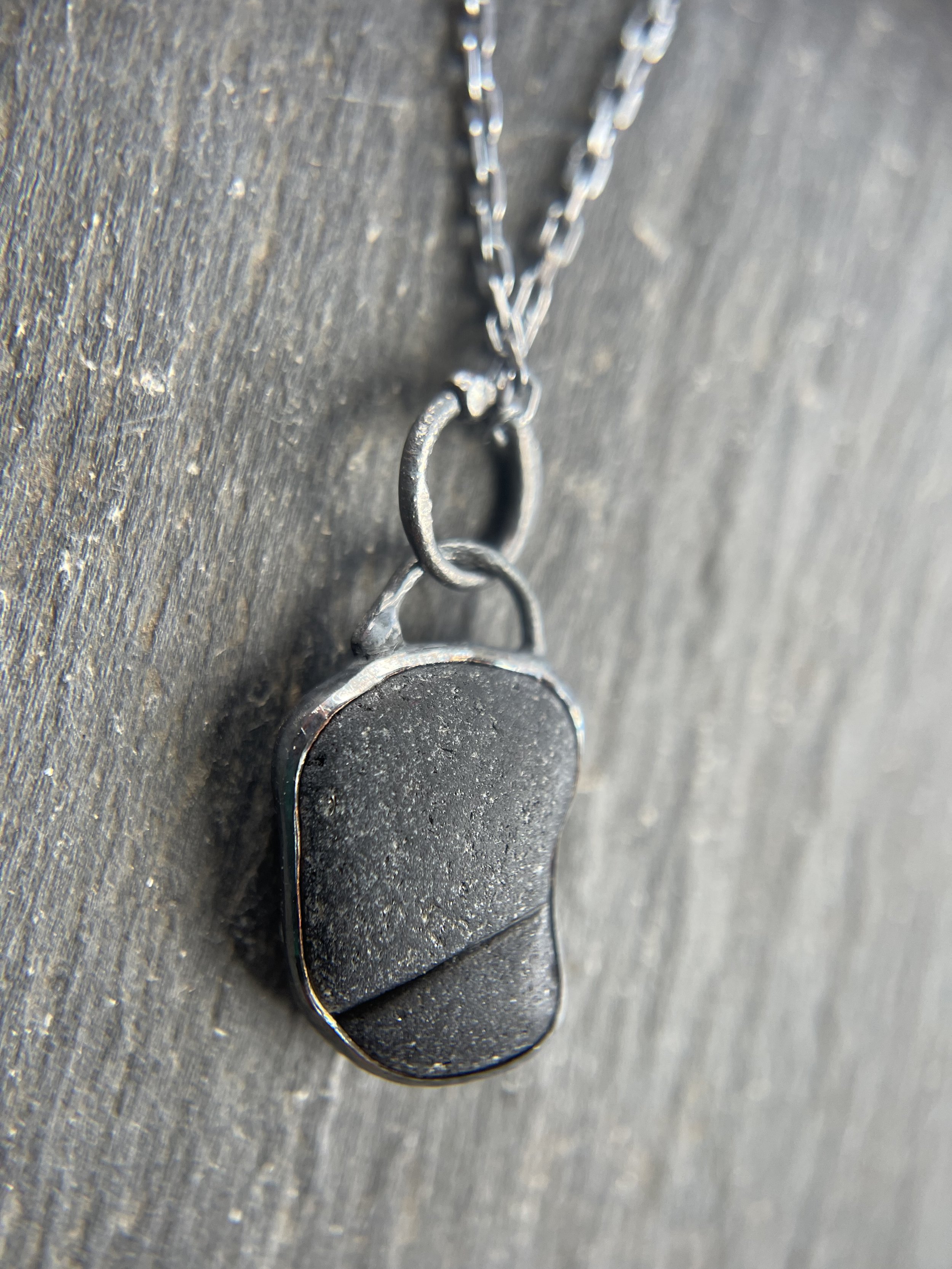



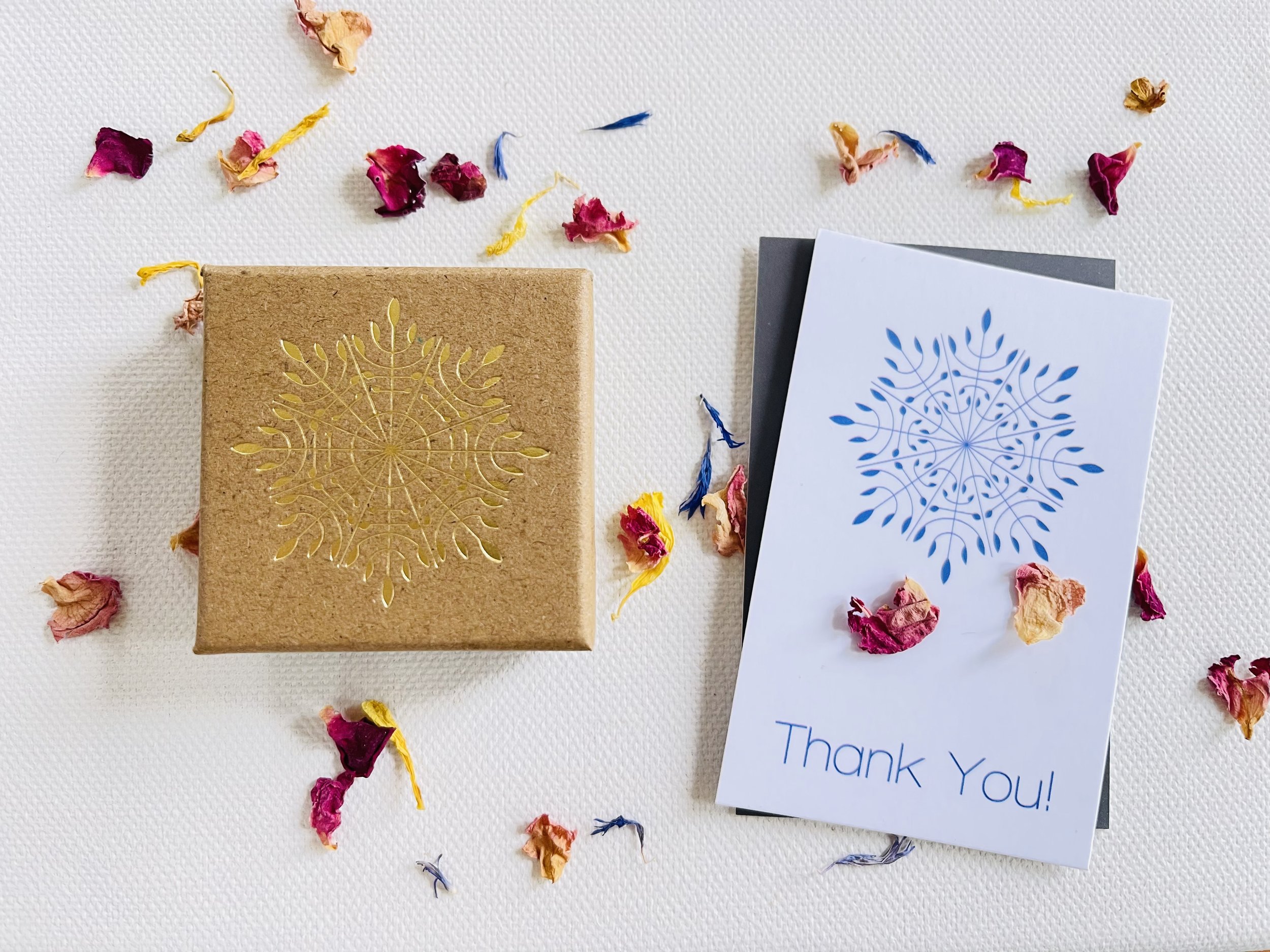

Rare Black Sea Glass Pendant - Natural Cornwall Pirate Sea Glass
This beautiful handmade Cornish sea glass pendant is made from a thick piece of rare black glass with a distinct marking across it and a slight curve to the back, likely to be an extremely old piece of glass from a bottle, complimented by an antiqued silver setting.
Capturing the essence of the sea, it makes the perfect accessory for wild swimmers and sea lovers alike. Each piece of sea glass is carefully selected and crafted, showcasing its unique shape and colour with textured sterling silver, reminiscent of bubbling waters and rocky shores.
The necklace not only serves as a stunning piece of jewellery but also as a token of the ocean's beauty, allowing you to carry a piece of the coast with you wherever you go. Its durable design ensures that it withstands the adventures of both water and land, making it an ideal companion if you cherish the wild and untamed nature of the sea.
✦Rare black sea glass set in sterling silver, collected in Cornwall.
✦Oxidised/antiqued finish
✦Antiqued chain choose your length, 18” suitable for women, 20-22” suitable for men or women
Black glass, sometimes called ‘pirate glass’ is an extremely rare colour to find, only one in every 2500 pieces collected are likely to be black. On the beach these treasures resemble black stones, but once held up to the light the true colour of the glass can be seen, usually an exceedingly dark green or sometimes dark amber. Early glass manufacturers produced this dark, almost black glass to provide protection from sunlight to medicines and spirits. It was commonly produced from the 1700s onwards, and these older pieces had much thicker walls than the glass bottles produced today. Iron salt was usually added by manufacturers to create this dark colour which also made vessels stronger, so larger pieces can sometimes be found. Generally the use of black glass waned by mid to late 1800s so finding black glass is prized by most collectors. Small bubbles know as ‘seeds’ in the glass show that it came from a hand blown piece and is very old and rare. The most rugged pieces of black glass will date to pre mid-1800s.
Ships in 2-3 working days.
This beautiful handmade Cornish sea glass pendant is made from a thick piece of rare black glass with a distinct marking across it and a slight curve to the back, likely to be an extremely old piece of glass from a bottle, complimented by an antiqued silver setting.
Capturing the essence of the sea, it makes the perfect accessory for wild swimmers and sea lovers alike. Each piece of sea glass is carefully selected and crafted, showcasing its unique shape and colour with textured sterling silver, reminiscent of bubbling waters and rocky shores.
The necklace not only serves as a stunning piece of jewellery but also as a token of the ocean's beauty, allowing you to carry a piece of the coast with you wherever you go. Its durable design ensures that it withstands the adventures of both water and land, making it an ideal companion if you cherish the wild and untamed nature of the sea.
✦Rare black sea glass set in sterling silver, collected in Cornwall.
✦Oxidised/antiqued finish
✦Antiqued chain choose your length, 18” suitable for women, 20-22” suitable for men or women
Black glass, sometimes called ‘pirate glass’ is an extremely rare colour to find, only one in every 2500 pieces collected are likely to be black. On the beach these treasures resemble black stones, but once held up to the light the true colour of the glass can be seen, usually an exceedingly dark green or sometimes dark amber. Early glass manufacturers produced this dark, almost black glass to provide protection from sunlight to medicines and spirits. It was commonly produced from the 1700s onwards, and these older pieces had much thicker walls than the glass bottles produced today. Iron salt was usually added by manufacturers to create this dark colour which also made vessels stronger, so larger pieces can sometimes be found. Generally the use of black glass waned by mid to late 1800s so finding black glass is prized by most collectors. Small bubbles know as ‘seeds’ in the glass show that it came from a hand blown piece and is very old and rare. The most rugged pieces of black glass will date to pre mid-1800s.
Ships in 2-3 working days.
-
Sea glass was once made from sand itself, mixed with soda and lime to produce glass. Created and then discarded by man, weathered once more by Mother Nature, its sharp edges rounded and surface etched by the salt water, finally washing back up on sandy shores as beautiful coloured sea glass jewels. Sea glass is becoming an increasingly rare treasure as less glass bottles are produced in a more limited colour range and recycling has increased. The majority of sea glass was originally vessels used by our ancestors then cast into the oceans.
-
Sea glass takes 50-100 years to form, and even older pieces can be discovered in historic sites. Strong movement of the tides and waves across rough sand and stone conditions the sharp edges of the glass fragments, and prolonged exposure to salt water corrodes the surface giving the beautiful frosted patina of weathered sea glass.
The frosted surface of the sea glass is created over many decades by a process called hydration. The hydrogen in water replaces the sodium ions (soda) in the glass creating sodium hydroxide, which is then leached from the surface of the glass, beginning the process of corrosion.
The recognisable c shaped pattern on the surface is due to the hydration process extracting small circular shapes, and is a great tell tale for old glass, as well as verifying pure sea glass from imitation.
-
Prior to the early 1900s glass containers were blown by hand, until the birth of the automated glass bottle machines. By the 1960s plastic and metal containers had become so successful that the glass industry was impacted and production severely reduced, beginning the decline of sea glass.
Less common colours are primarily from before the 20th century, including red, yellow, turquoise, teal, black and citron, and most are treasured by sea glass hunters. It also provides valuable information about the possible age of the piece - most rugged black glass dates to pre mid-1800s.
Yellow green ‘Vaseline glass’ could be re 1930, and ribbed soft green pieces common to Coca Cola bottles 1915-1970. Cornflower blue could be a milk of magnesia bottle from early to mid 1900s.
Extremely rare colours: Orange, red turquoise, yellow, black, teal, grey
Rare colours: Pink, aqua, cornflower blue, cobalt blue, opaque white, citron, purple
Uncommon colours: Soft green, soft blue, forest green, lime green, golden amber, amber, jade
Common colours: Brown, white, kelly green
-
Making pieces of jewellery for you to wear from the sea glass that I have collected myself, from hours of scouring and sifting through sand and pebbles whilst listening to the crash of the waves on the shore and the salty wind in my hair is the most exhilarating process for me as a jeweller.
The journey from discovery to making means that whilst I work at the jewellery bench to create these individual pieces, I remember the place I found each piece of glass, the colour of the ocean, the feeling of the sun, the memories from that day. I hope you find joy in your own memories of the sea as you wear your ocean jewel.
In collecting these sea glass miracles and working them by hand into jewellery, they are imbued with the power of the ocean that made them and the possibility of man and nature intertwined, to be carried by you everyday as you are adorned by the jewels of the sea itself.
-
Made to be worn by you in the sea and out your jewellery is easy to look after. You can use the included polishing cloth to buff the silver setting, or clean the whole pendant in warm water and soap. Antiqued silver won’t need any polishing as that would remove the finish.
The sea glass itself needs no special treatment, but if you like you can rub in a drop of olive oil to bring out the colour, or leave it as it is to enjoy to sea frosted patina.
-
Your sea jewellery will arrive in a branded box complete with polishing cloths and care instructions ready to be gifted. To include a message just send an email with your order number and message.

